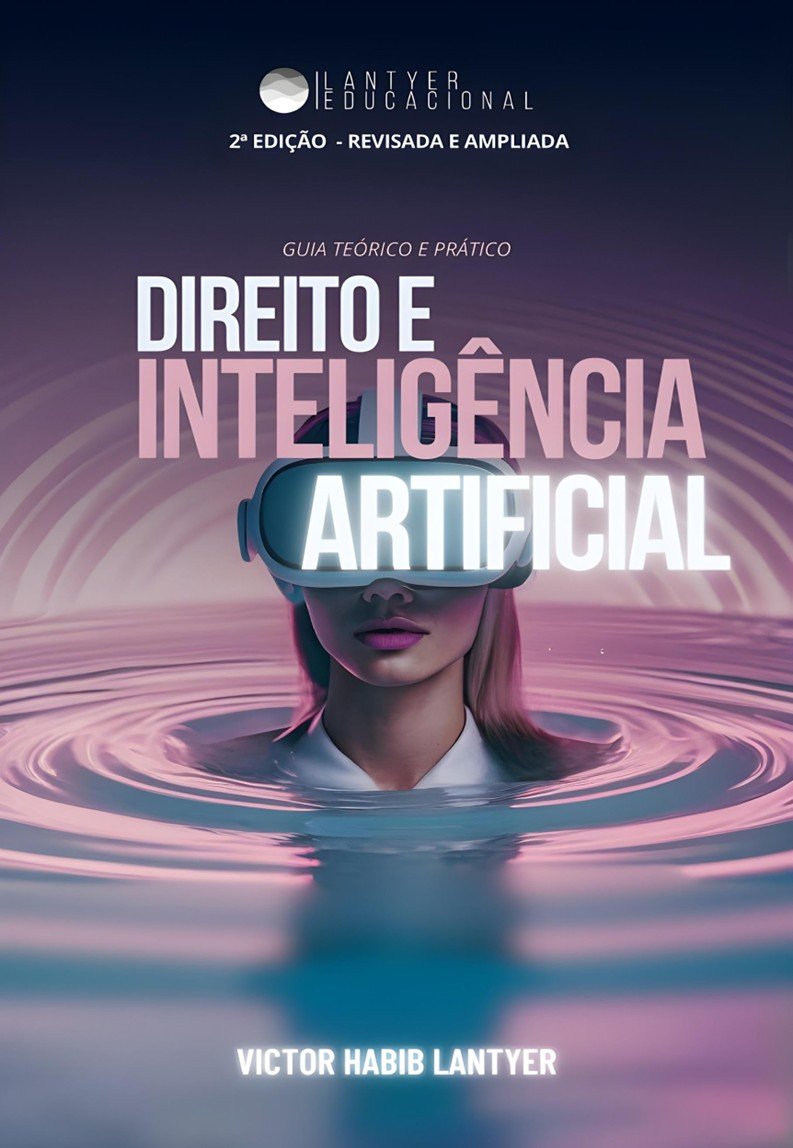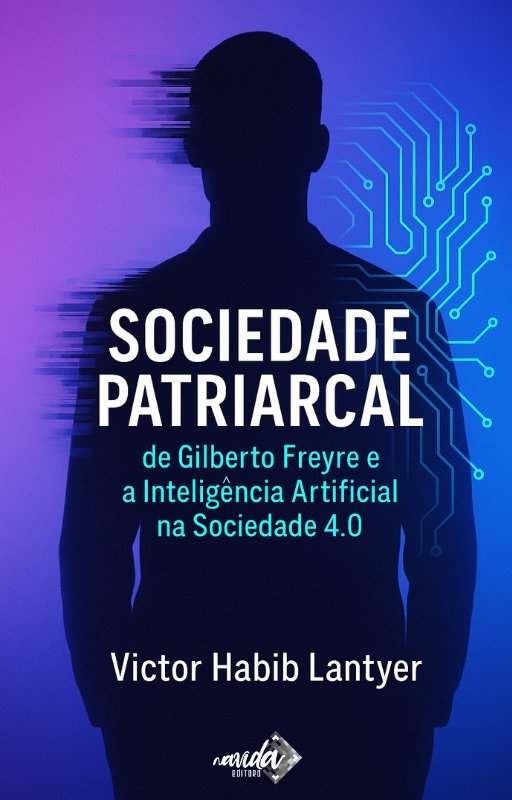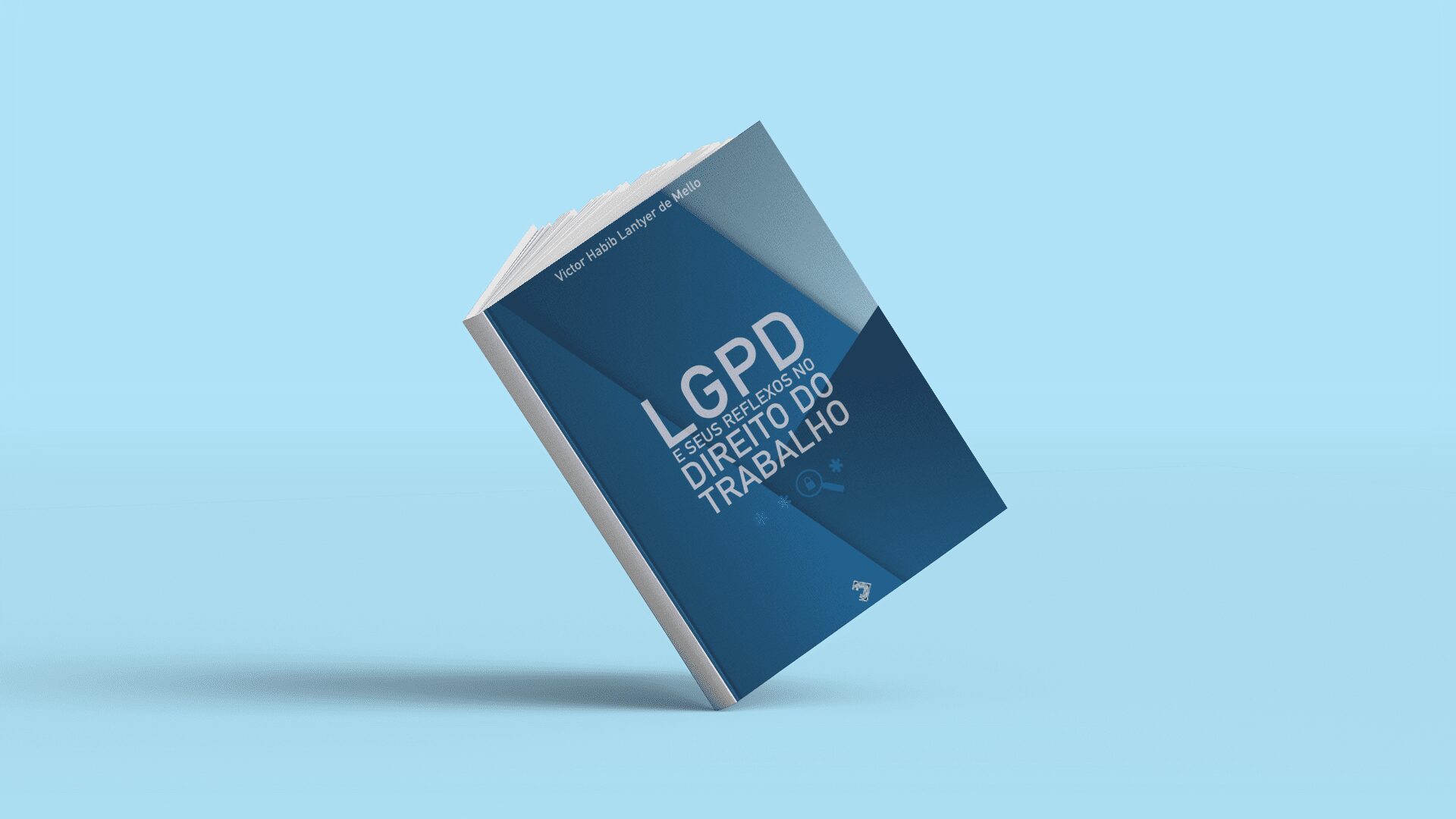Artificial Intelligence has gone from being an artifact of the imagination to becoming the “underlying grammar of our age.” For lawyers, students and technology professionals seeking to understand the impact of AI, the 2nd edition of the book “Law and Artificial Intelligence”: Practical and Theoretical Guide. The work, authored by Victor Habib Lantyer, a multi-award-winning lawyer, professor, and author, serves as a comprehensive guide for navigating this new frontier, translating the complexity of technology into the reality of the legal world.
Artificial Intelligence is no longer fiction. On the contrary, it has become a force that learns, anticipates, and subtly governs our daily lives. This revolution challenges the traditional foundations of law, which operates on a logic of "cause and effect," while AI operates on the basis of probabilities. This book on law and artificial intelligence delves precisely into this conflict, offering a true "intellectual arsenal" for the 21st-century jurist. The work is a call for legal professionals to stop being spectators and become architects of this transformation.

A Complete Guide to Law and Artificial Intelligence
THE book “Law and Artificial Intelligence” stands out for balancing in-depth theory with practical application. The work reflects the author's dual experience: that of a traditional jurist and that of a researcher of new technologies. This unique perspective allows the book to serve as a bridge between the legal and technological worlds.
Far from being a text solely for specialists, the work is an "invitation to an interdisciplinary dialogue." It is aimed at legal scholars who feel the urgency of updating, technologists seeking to understand the impact of their creations, and all the restless minds that follow this transformation. Its structure guides the reader on a complete journey, from the technical foundations (AI, Machine Learning), going through ethical dilemmas (bias, regulation) and culminating in practical application in law (use of LLMs such as ChatGPT).
How the Book Addresses the Challenges of Law and Artificial Intelligence
The work demonstrates that AI is not only creating new problems, but also forcing a reevaluation of fundamental legal concepts such as authorship, causation, and liability.
The Accountability Crisis and Technological Due Process
The book analyzes the difficulty of applying traditional civil liability to damages caused by "autonomous acts," such as accidents involving Tesla and Uber vehicles. When a decision is made within an algorithmic "black box," determining who is at fault becomes a challenge. In response, the book presents the concept of "technological due process," which requires transparency, the right to explanation, and human review for automated decisions.
Copyright in the Age of Generative AI
One of the most current chapters of book “Law and Artificial Intelligence” dissects the conflict between AI and intellectual property. Lantyer details the dilemma of training models with copyrighted works and explores the complex question of who owns a work created by AI, comparing the positions of the US, Europe, China, and Brazil.
| Jurisdiction | Main Legal Basis | Handling User Prompts | Status of Autonomously Generated Work |
| United States | Human Authorship (Constitution and Copyright Act) | Insufficient for authorship (considered a mere “idea”, without “creative control” over the expression) | Public domain |
| European Union | “Author’s Own Intellectual Creation” (CJEU case law) | Insufficient if they do not reflect the author's “personal touch” and “free and creative choices” | Public domain |
| China | “Intellectual Investment” (Case Law of the Beijing Internet Court) | Sufficient for authorship if they demonstrate an iterative process and aesthetic effort | Copyrighted in the name of the user |
| Brazil | Author as “Individual” (Law No. 9,610/98) | No specific legal provision; probably insufficient for authorship | Public Domain (due to the absence of an individual author) |
Source: Analysis based on “Law and Artificial Intelligence: Practical and Theoretical Guide”, 2nd Edition.
Practical Applications of AI in Law: What the Book Teaches
In addition to theory, the work stands out for its immense practical value, preparing professionals for everyday challenges.
The Risk of “Hallucinations” and the Protection of Confidentiality
Lantyer pays special attention to the operational risks of AI. The phenomenon of "hallucinations"—when AI invents facts, such as court decisions, that don't exist—is explained as a feature of the technology, not a "bug." The book analyzes real-life cases, such as Mata v. Avianca, where lawyers were punished for using fake quotes created by ChatGPT, reinforcing the responsibility of human professionals for verification. The work also warns of the risks of violating client confidentiality when using public AI tools.
Prompt Engineering: The New Core Competency
The book demystifies AI and presents the engineering of prompts (the art of creating effective commands) as “the new core competency of the legal professional.” The author shows that this is a natural extension of the lawyer’s linguistic and logical precision skills. The work details advanced techniques that transform AI from a simple text generator into a true reasoning partner.
An Indispensable Work for Future Architects
“Law and Artificial Intelligence: Practical and Theoretical Guide” is more than a book; it is a fundamental work that prepares the legal community for a decisive moment in history. The choices we make today regarding technology, ethics, and legislation will shape the society of the future. Therefore, legal professionals can be passive spectators or active architects of this change.
For those who choose the second option, Victor Habib Lantyer's guide is the most complete and indispensable tool available.
The 2nd edition, revised and expanded, is available for purchase at: https://lantyer.com.br/direitoia/




